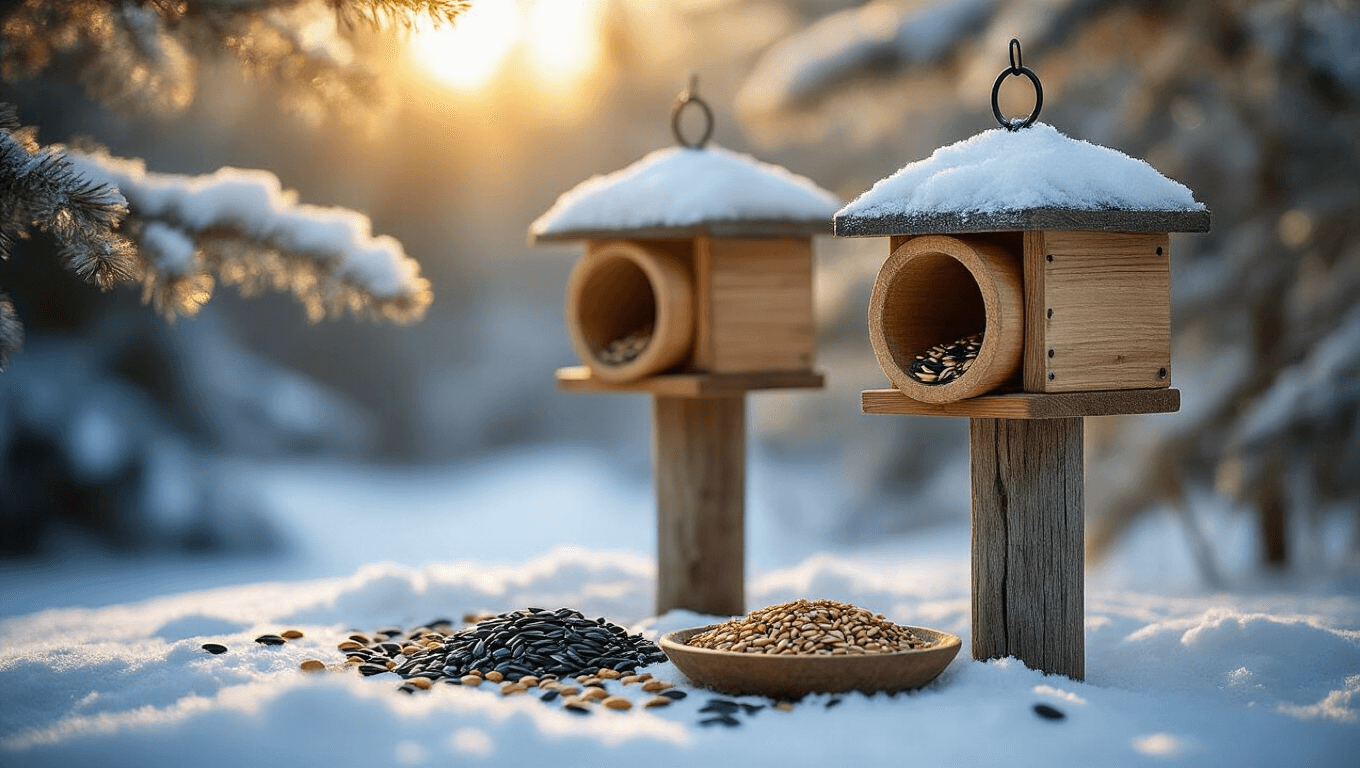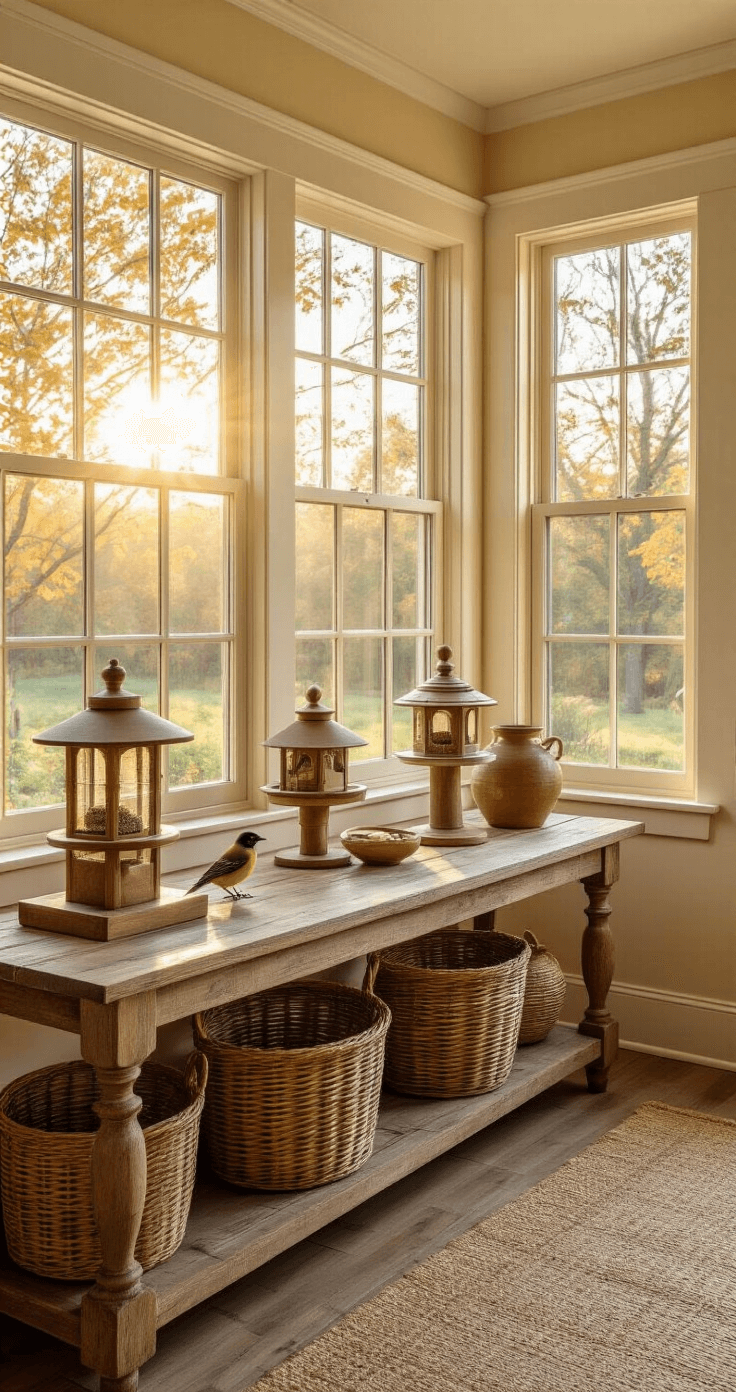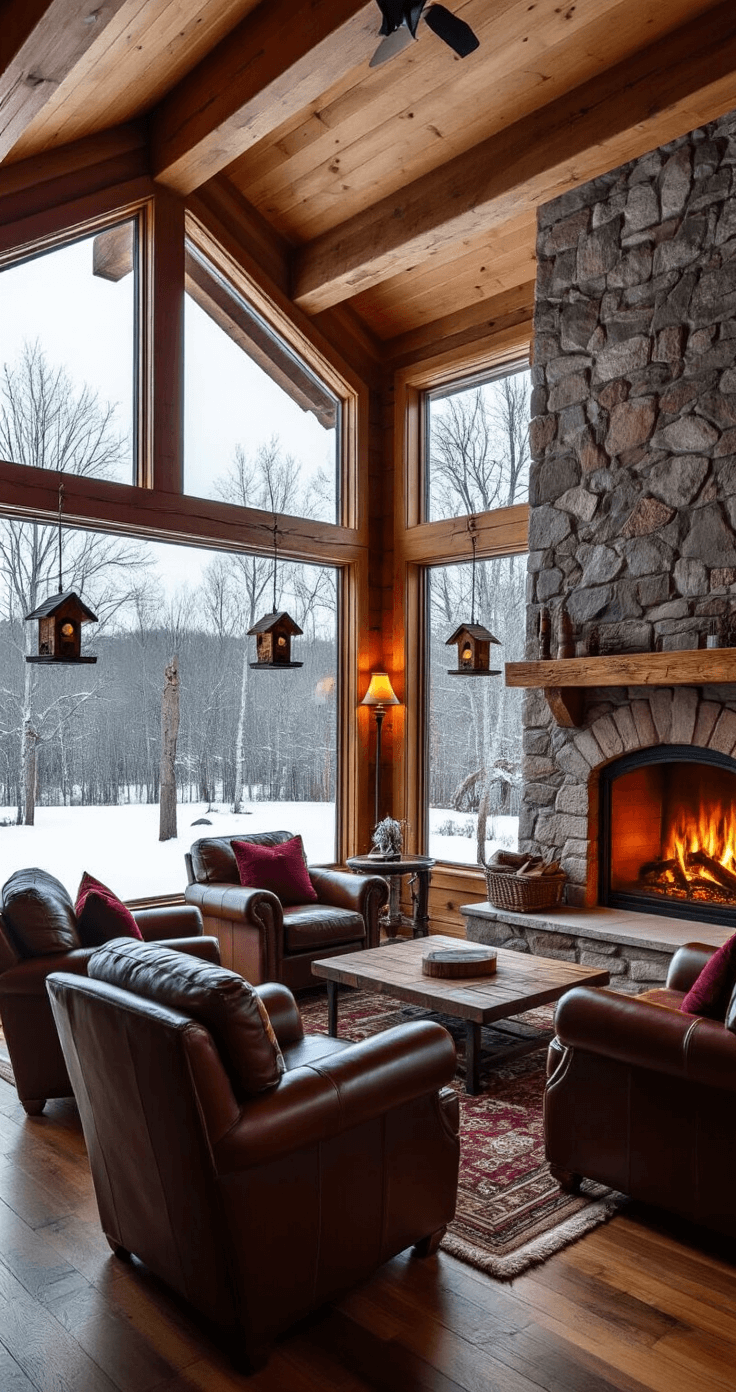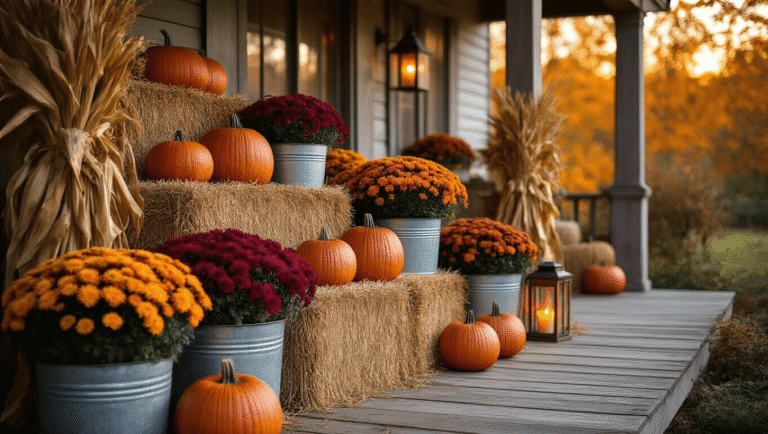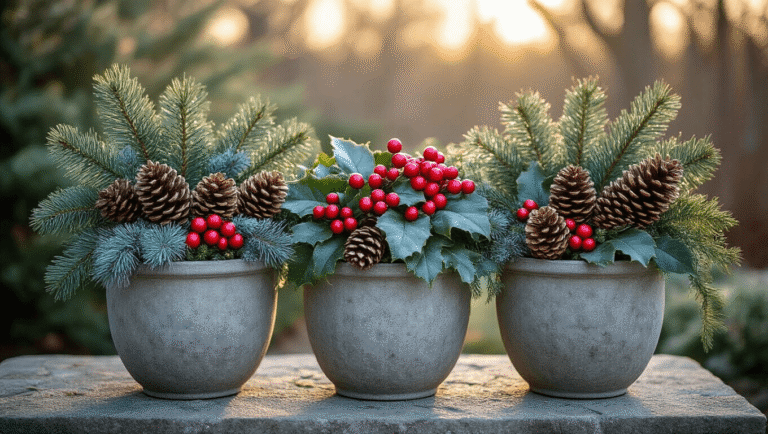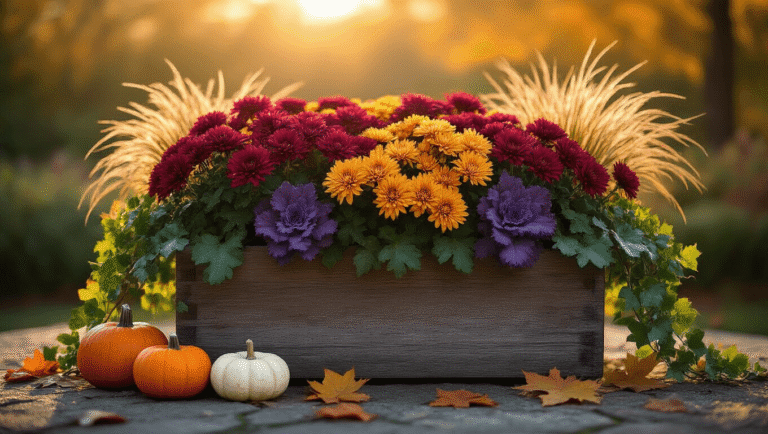This post may contain affiliate links. Please see my disclosure policy for details.
Winter Bird Feeders: A Comprehensive Guide to Nourishing Feathered Friends During Cold Months
Contents
- Winter Bird Feeders: A Comprehensive Guide to Nourishing Feathered Friends During Cold Months
- Why Winter Bird Feeding Matters
- Choosing the Right Winter Bird Feeder
- Placement and Positioning Tips
- Winter Feeding Best Practices
- Common Winter Bird Species to Expect
- Budget-Friendly Feeding Options
- Safety Considerations
- Seasonal Decorative Elements
- Ecological Impact
- Final Thoughts
Winter can be brutal for our winged backyard companions. Keeping birds fed and healthy during the coldest months isn’t just a hobby—it’s a critical act of wildlife support.
Why Winter Bird Feeding Matters
Birds burn incredible amounts of energy staying warm when temperatures plummet. A well-designed winter bird feeder can literally mean the difference between survival and starvation for local bird populations.
Essential Winter Feeding Strategies
Key Nutritional Needs:
- High-fat seeds (black oil sunflower seeds)
- Suet cakes
- Protein-rich mixed seeds
- Consistent food supply
Choosing the Right Winter Bird Feeder
Types of Winter-Specific Feeders
- Tube Feeders
- Protect seeds from moisture
- Easy for small birds to access
- Recommended tube feeder with weather protection
- Hopper Feeders
- Large capacity
- Shelter seeds from snow
- Multiple bird perching options
- Suet Feeders
- Perfect for woodpeckers
- High-energy food source
- Durable suet cage recommended
Placement and Positioning Tips
Critical Placement Guidelines:
- 5-6 feet above ground
- Near natural shelter (trees/shrubs)
- Protected from wind
- Away from predator hiding spots
Winter Feeding Best Practices
Maintenance Essentials
- Clear snow around feeders
- Check for wet/moldy seeds
- Use weather-resistant bird seed
- Clean feeders regularly
Common Winter Bird Species to Expect
- Cardinals
- Chickadees
- Nuthatches
- Blue Jays
- Woodpeckers
Photography and Documentation
Capture Amazing Bird Moments:
- Use natural morning light
- Position camera at bird eye-level
- Focus on feeder details
- Capture bird interactions
Budget-Friendly Feeding Options
- DIY suet cakes
- Recycled container feeders
- Bulk seed purchasing
- Cooperative neighborhood feeding programs
Safety Considerations
- Prevent seed mold
- Avoid chocolate or processed foods
- Maintain clean feeding areas
- Provide fresh, unfrozen water
Seasonal Decorative Elements
Winter Feeder Styling:
- Natural wood tones
- Rustic metal accents
- Incorporate pine branches
- Add red berry decorative elements
Ecological Impact
By maintaining winter bird feeders, you’re:
- Supporting local wildlife
- Providing critical nutrition
- Creating backyard ecosystem balance
- Enjoying nature’s beauty
Pro Tip: Consistency is key. Birds learn to rely on dependable food sources during harsh winter months.
Final Thoughts
Winter bird feeding is more than a hobby—it’s a compassionate connection with nature. Each seed, each carefully placed feeder, makes a significant difference in our local wildlife’s survival.
Keep watching, keep feeding, and enjoy the incredible world of winter birds!

